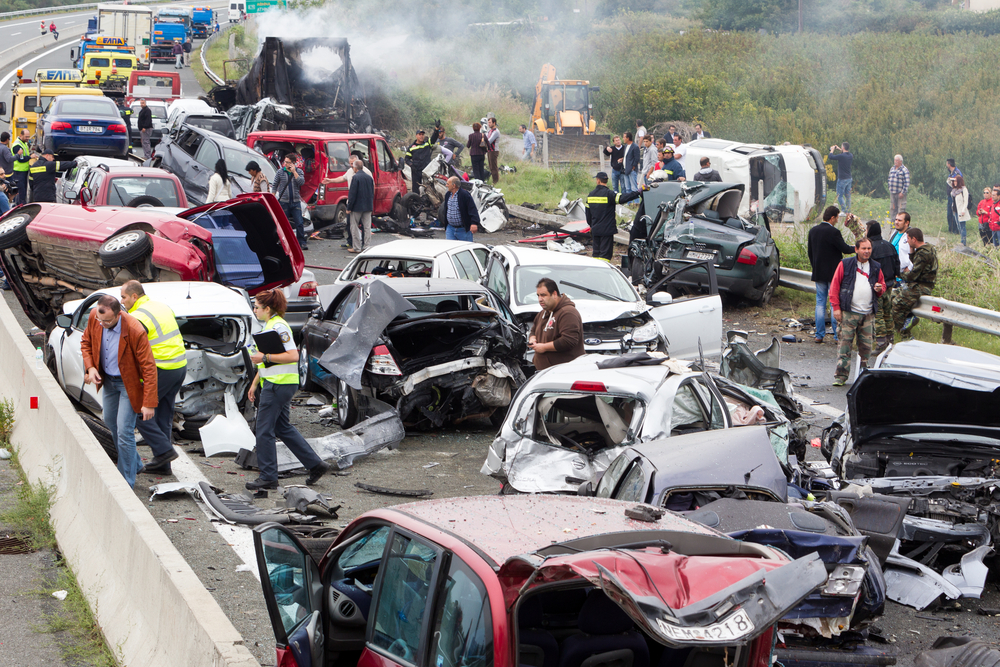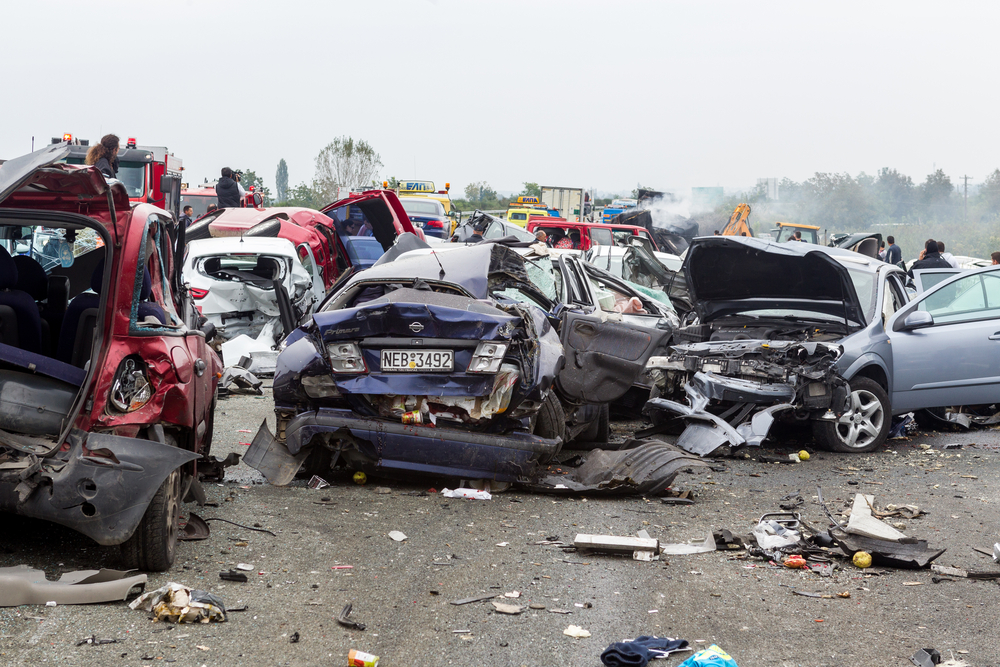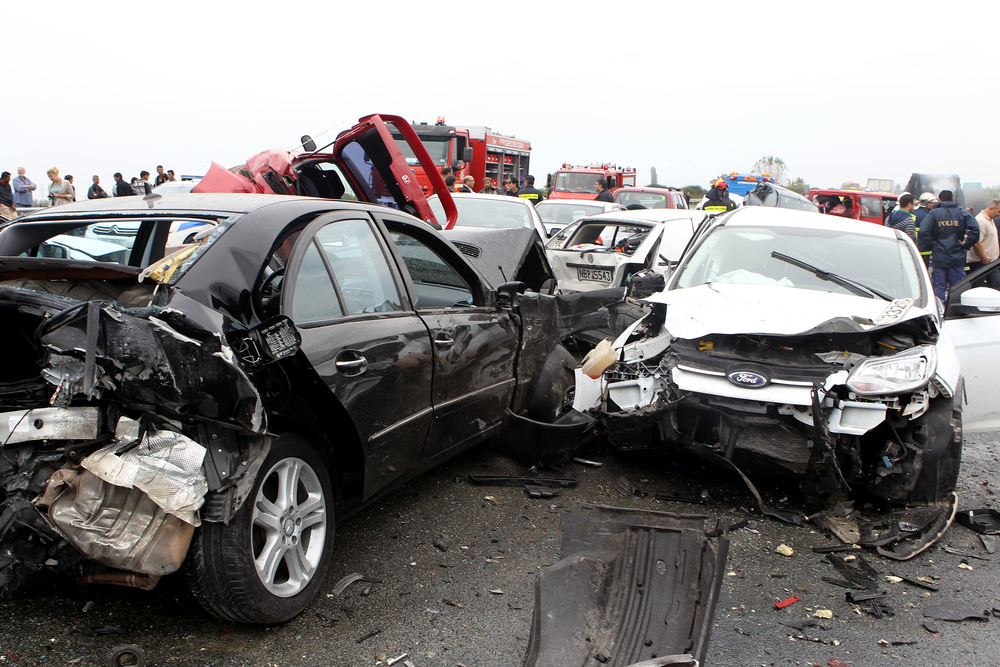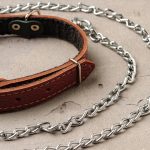The vast majority of car accidents involve two vehicles. However, there are times when multiple vehicles are involved in a single accident. When this happens, it can be difficult to determine who is at fault. This is especially true if there are conflicting accounts of what happened.
In situations like these, it’s essential to have an experienced car accident lawyer on your side. They will be able to investigate the accident and help determine who is liable.
What Is a Multi-Vehicle Accident?
A multi-vehicle accident is any car accident that involves three or more vehicles. These accidents can range from minor fender benders to devastating collisions. Multi-vehicle accidents are often caused by one driver’s negligence, but they can also be caused by road conditions or weather.
If you’re like many drivers, you might think that you have no legal recourse when your multi-car accident is the result of weather or road conditions, but that’s not necessarily true. In some cases, you may be able to file a personal injury claim against the government or another entity responsible for maintaining the road.
In fact, many people have been successful in doing precisely that, which is another reason why you should have trusted, qualified legal counsel in your corner following a multi-car accident.

What Is Fault?
Fault is determined by who caused the accident. To determine fault, investigators will look at the police report, witness statements, and any other evidence available. In some cases, fault may be clear, but in others, it may be more difficult to determine.
How Is Fault Determined in a Multi-Vehicle Accident?
Fault in a car accident is generally determined by who was negligent. In other words, who failed to use reasonable care and, as a result, caused the accident? When it comes to multi-vehicle accidents, determining fault can be more difficult.
There are a few different ways that investigators may determine fault in a multi-vehicle accident:
Police Report: Police reports are often the first place investigators will look to determine fault. The officer who responds to the accident will speak with all parties involved and any witnesses. They will also examine the scene of the accident and look for any evidence that may help to determine fault. Police reports contain all of this information, as well as the officer’s conclusions regarding who’s at fault in accidents.
Witness Statements: Another helpful component—especially if there is a disagreement between the parties involved—is witness statements. Witnesses who saw the accident happen can provide investigators with a different perspective and help to paint a clearer picture of what happened.
Evidence: Any evidence collected at the scene of the accident can be helpful in determining fault. This may include things like skid marks, damage to the vehicles, and any other physical evidence.
Photos/Videos: In some cases, there may be photos or videos of the accident that can help investigators determine fault. This can be especially helpful if the other methods listed above are not conclusive.
Reconstruction: In some cases, investigators may need to reconstruct the accident in order to determine fault. This is often done when there is little evidence available or when the other methods listed above have not successfully determined who was at fault.
Determining fault in a car accident is important because it can have a big impact on who is responsible for paying for damages. If you have been involved in a car accident, it’s important to speak with an experienced car accident attorney who can help you understand your rights and options.

Finding Fault in Specific Multi-Vehicle Car Accidents
Not all multi-vehicle car accidents are created equal. Depending on the specific circumstances, different rules will apply in terms of determining who is at fault. Here are some examples:
Semi-Trucks: When a passenger vehicle is involved in an accident with a semi-truck, it is almost always the truck driver who is found at fault. This is because truck drivers are held to a higher standard when it comes to operating their vehicles safely.
They are required to have more training and experience than regular drivers, and they are also subject to stricter hours-of-service regulations.
Rear-End Collision (Chain Reaction): A chain reaction car accident occurs when one car rear-ends another, causing that car to collide with the car in front of it, and so on. These accidents are often caused by tailgating, distracted driving, or poor road conditions.
In most cases, the driver who rear-ended the first car will be found at fault. However, if the driver who was rear-ended was also tailgating or driving distracted, they may be found partially at fault.
Intersection (T-Bone): T-bone accidents occur when one car collides with the side of another car. These accidents often happen because one driver ran a red light or stop sign, or they failed to yield the right-of-way. In these cases, the at-fault driver will usually be cited for their traffic violation.
There are many different types of multi-vehicle car accidents, and fault can be determined in a variety of ways. If you have been involved in a multi-vehicle car accident, it is important to speak with an experienced car accident attorney to discuss your case and determine who may be liable for your damages.
Contact TORKLAW Today if You Were in a Multi-Vehicle Car Accident
If you have been involved in a multi-vehicle car accident, it is important to contact an experienced car accident attorney as soon as possible. Fault in a multi-vehicle car accident can be difficult to determine, and an experienced attorney will be able to investigate the accident and gather evidence to support your claim.
At TORKLAW, our experienced car accident attorneys have a proven track record of success in helping our clients recover the compensation they deserve. We will work tirelessly to investigate your accident and build a strong case on your behalf.
Don’t delay—the sooner you take action, the sooner we can help you recover compensation. Contact us today for a free consultation.



